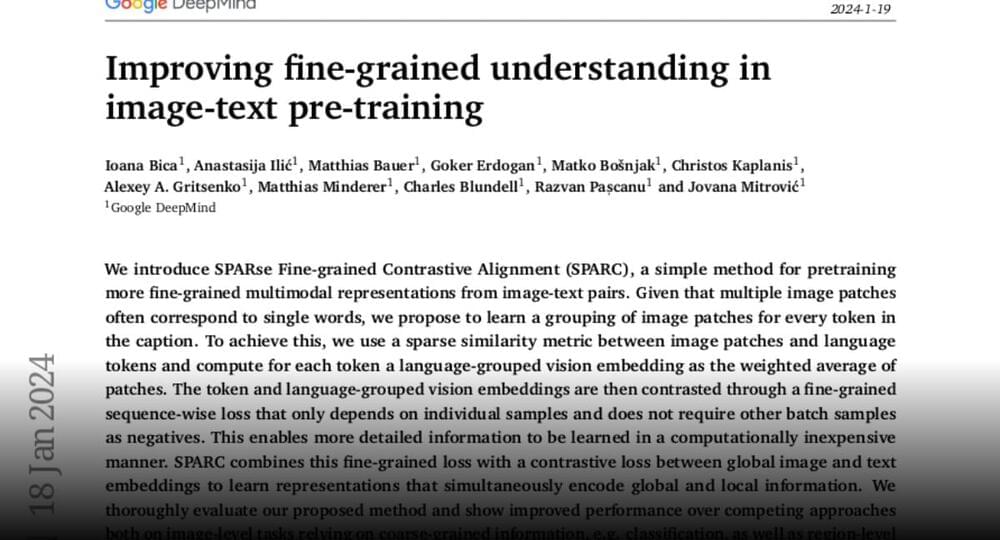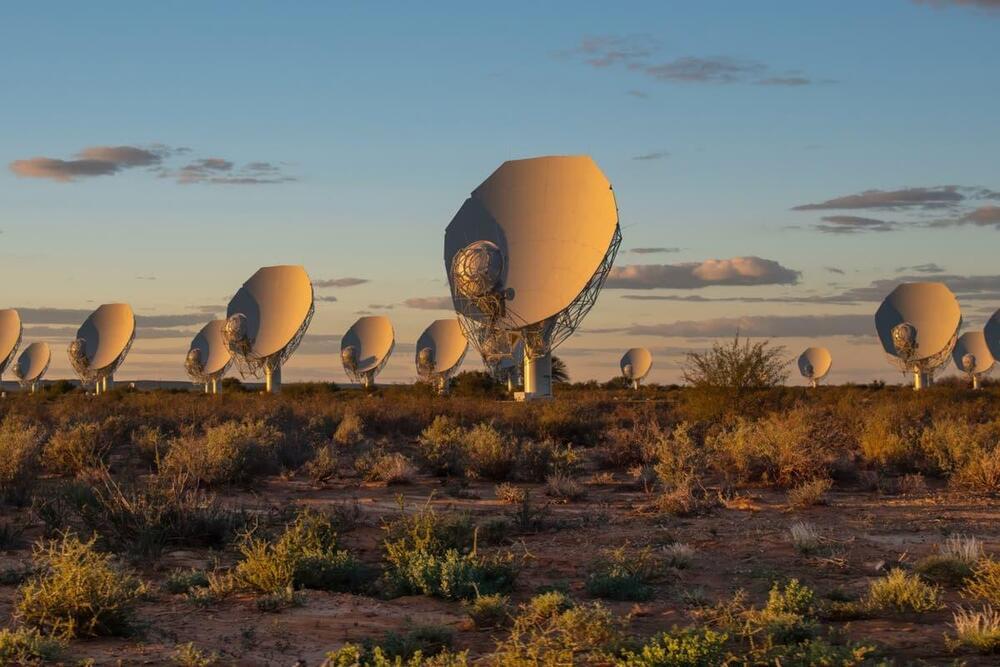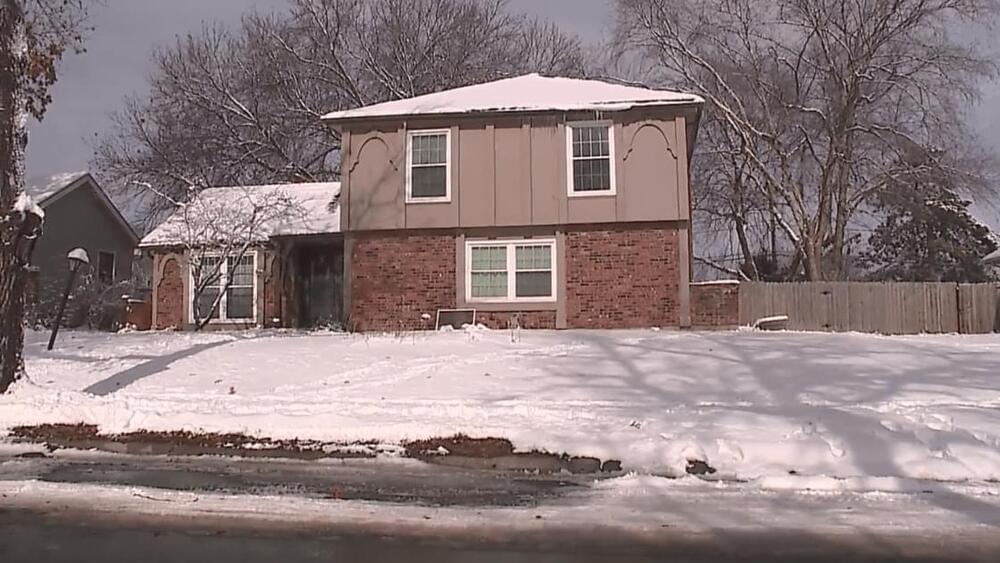Join the discussion on this paper page.
North Korea said it tested an “underwater nuclear weapon system” in response to joint naval exercises by the U.S., Seoul and Tokyo.
The first working graphene semiconductor outperformed silicon, suggesting that the supermaterial could be the future of electronics.
The cosmos may have existed forever, according to a revolutionary model that extends Einstein’s theory of general relativity using quantum correction terms. By taking into consideration dark matter and energy, the model can concurrently address a number of concerns.
Forests serve as crucial players in the fight against climate change due to their ability to absorb and store carbon. A recent study, with contributions from researchers at Northern Arizona University, is poised to revolutionize forest conservation strategies across the United States. This study introduces innovative and precise models designed to more accurately estimate and forecast the carbon storage capacity of forests.
The U.S. Forest Service, along with an impressive list of research partners including those at Northern Arizona University, has introduced new National Scale Volume Biomass (NSVB) models that provide a consistent and scientifically accurate method to predict tree volume, biomass (a term that describes the collective mass of the woody parts of trees) and carbon content nationwide.








